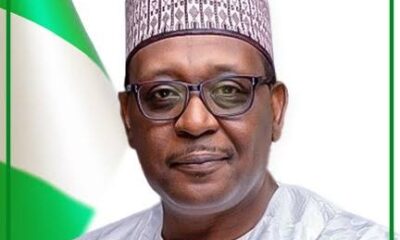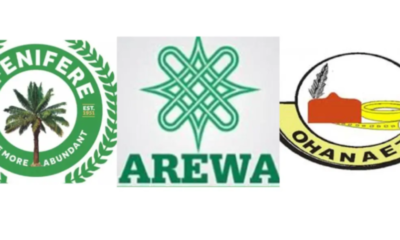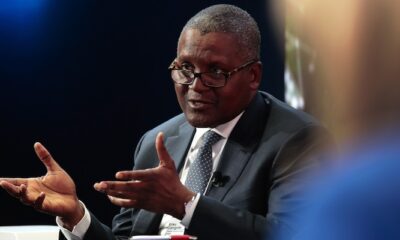Tech
Were trebuchets built in situ and then abandoned after a siege?
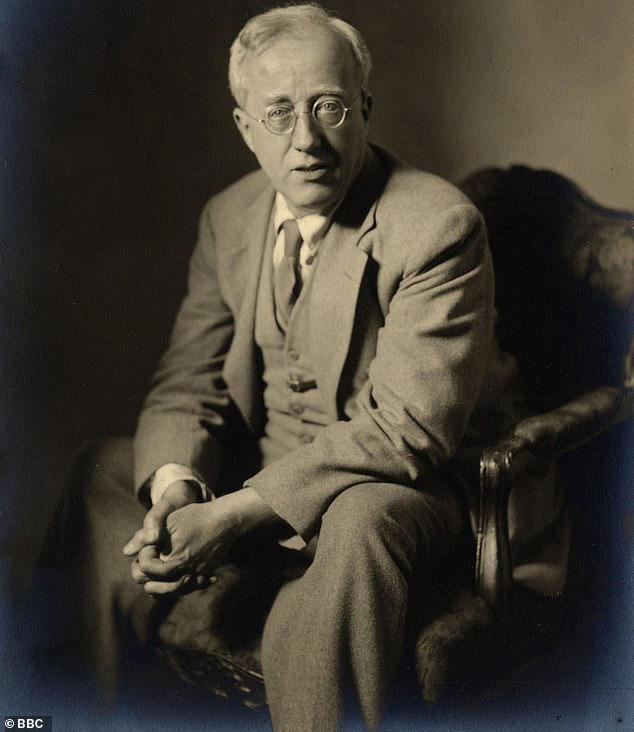
- Is there a question to which you want to know the answer? Or do you know the answer to a question here?
- Write to: Charles Legge, Answers To Correspondents, Daily Mail, 9 Derry Street, London W8 5HY; or email charles.legge@dailymail.co.uk
Early trebuchets were built on site. As they grew increasingly large and powerful, wagons carrying sections of prefabricated trebuchets were brought to a siege and assembled in situ.
A trebuchet was a medieval siege weapon, operated using a counterweight to propel a long arm, attached to a sling, which could hurl a projectile with great force and accuracy at enemy fortifications.
Invented in China in around the fourth century BC, by the 12thcentury, improved counterweight trebuchets were in use in Europe.
Historian Michael S. Fulton offered the best examination of the machines in his book Development Of Prefabricated Artillery During The Crusades (2015).
He concluded that while smaller weapons were built on site, large trebuchets were not only assembled but also disassembled afterwards for transport so they could be reused at later sieges.
Perhaps the largest and most famous trebuchet of them all was Edward I’s Warwolf.
In 1304, he ordered his engineers to build this great piece of artillery for the siege of Stirling Castle in Scotland.
Assembled by five master carpenters and 49 labourers, the Warwolf could hurl rocks weighing as much as 300lb.

Early trebuchets were brought on site. As they grew larger and more powerful, wagons carried prefabricated section to a siege and assembled in situ
The Scots, watching the Warwolf being assembled, offered to surrender, but Edward reputedly refused to let anyone leave the castle until the great engine had bombarded it, which it did, successfully levelling the curtain wall.
Jon Francis, Norwich, Norfolk
QUESTION: What did the Keeper of the King’s Conscience do?
The Keeper of the King’s Conscience was a role of the Lord Chancellor. Historically, the Lord Chancellor was head of the Chancery, a court of equity (using fairness to resolve disputes) that originated in medieval England.
In its earliest form, those who were unable to obtain an adequate common law remedy (law derived from judicial decision), or felt they had been treated unfairly, could petition the King of England directly. Rather than making the judgment himself, he would refer the case to his ‘Conscience’, i.e. the Lord Chancellor.
Up until the Reformation the Chancellors were almost always churchmen, versed in civil and canon law. The Chancellor could thus bring legal and spiritual judgment to bear upon the case.Afterwards, the Chancellors were usually trained lawyers used to the process of reasoning.
Sarah Westwood, Birmingham
QUESTION: Was Gustav Holst the first composer to write about the planets?
Before Holst, there were works that explored celestial or planetary themes, though not in such a thorough or systematic manner as The Planets (1914-1917).
Orlando di Lasso (c.1532-1594) was a Catholic composer born in Mons in the Habsburg Netherlands (modern-day Belgium).
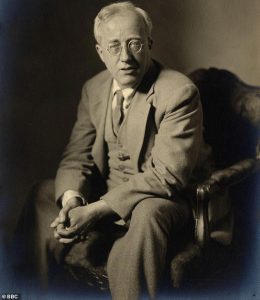
While many classical pieces explored celestrial or planetary themes before Holst (pictured), few were as thorough or systematic as The Planets
One of the most prolific, versatile and universal composers of the Renaissance, Lasso wrote more than 2,000 songs in Latin, French, Italian and German. Among his works was In Me Transierunt Irae Tuae (Your Wrath Swept Over Me), which directly inspired the German mathematician Johannes Kepler (1571-1630) to write Harmonices Mundi (Harmonies Of The World).
Harmonices Mundi captured the Pythagorean idea of planetary motion and the ‘music of the spheres’: the philosophical concept that celestial bodies such as the Sun, the Moon and the planets form music as they move through the solar system.
Austrian composer Joseph Haydn’s great oratorio The Creation (1798) celebrated the formation of the Universe. Although the lyrics were based on the biblical books of Genesis and Psalms, and John Milton’s Paradise Lost, Haydn was intensely interested in the astronomical discoveries of the day.
He is believed to have read Immanuel Kant’s Universal Natural History And Theory Of The Heavens (1755), which introduced Nebular Theory, the idea that the planets coalesced from gas and dust orbiting the Sun. The theory, as refined by French mathematician Pierre-Simon Laplace in the 1790s, was popular in the intellectual salons of the era.
Haydn also visited William Herschel’s astronomical observatory in Slough in June 1792. Peering through Herschel’s 40ft telescope may have provided the cosmic inspiration for The Representation of Chaos, the famous opening of The Creation.
It brilliantly captures the formation of celestial spheres from chaos, and it is clear from Haydn’s sketches that he took unprecedented pains over this composition.
Dr Ken Bristow, Glasgow
Tech
“I Lost $1.2 Million To Hackers On One Of My Apps. I Caught One Of The Hackers, And Instead Of Handing Him Over To The Police, I Employed Him To Work For Me.”- BLord

Anambra Born tech entrepreneur and businessman Linus Williams, popularly known as BLord, has shared an unusual story about how he handled a major cyberattack on one of his applications.
According to BLord, he lost $1.2 million to hackers who infiltrated one of his digital platforms. In the course of tracking the incident, he successfully identified one of the individuals involved in the breach.
Rather than handing the suspect over to security agencies, BLord said he made a strategic decision: he employed the hacker.
He explained that the hacker’s skills, though misapplied, were exceptional and could be redirected towards strengthening his company’s cybersecurity systems.
BLord noted that the decision was driven by a desire to turn a negative experience into an opportunity for growth and to better secure his business infrastructure.
Tech
MAN Honours Zobis Cable CEO, Ezeobi, at 37th AGM

The MD/CEO of John Zobis Group, Mr. John Ezeobi, has again been honoured with another major industry prize in recognition of his contributions to local sourcing, innovation and the growth of Nigeria’s manufacturing capacity.
The prestigious award, “Pillar of Industrial Enterprise and National Impact,” which was conferred on him by the Manufacturers Association of Nigeria (MAN) — Anambra, Ebonyi and Enugu Zone, was presented during the association’s 37th Annual General Meeting, Awards & Gala Night at the International Conference Centre, Enugu.
coming barely three weeks after Ezeobi was nominated as the winner of The Sun’s Industrialist of the Year Award 2025 by the Management of The Sun Newspaper, a run of recognition that has further highlighted his rising profile in the South-East manufacturing ecosystem.
The latest award, it was gathered, celebrates Ezeobi’s deliberate investment in backward integration, his push for local sourcing of raw materials and efforts to strengthen domestic value chains, which MAN described as essential to reducing import dependence and creating jobs across the region.
Chaired by Chief Obinna Iyiegbu (Obi Cubana), the well-attended occasion, themed “Exploring Opportunities for Backward Integration and Local Sourcing of Raw Materials for the Manufacturing Sector,” brought together regulators, policymakers, manufacturers and industry stakeholders and also featured presentations, panel sessions and cultural performances, among other highlights.
Speaking at the event, the Keynote Speaker and Director-General of the Raw Materials Research and Development Council (RMRDC), Prof. Nnanyelugo Ike-Muonso, said the economic benefits of exploring Opportunities for backward integration and local sourcing of raw materials for the Manufacturing sector cannot be overemphasized.
Prof. Ike-Muonso told delegates that Nigeria spent over ₦3.53 trillion importing raw materials in the first half of 2025 alone, warning that such dependence continues to weaken the nation’s economy. He further argued that the proposed 30% Value Addition Bill, which would require a minimum local value addition before export, would be transformational if signed into law.
He also outlined the bill’s potential to expand GDP, generate hundreds of thousands of jobs and save foreign exchange by keeping more of the country’s raw-material wealth in domestic supply chains, boost local manufacturing, and generally reposition Nigeria as a regional industrial hub.
On his own part, the Governor of Enugu State, Dr. Peter Mbah, endorsed the call for stronger industry-academia partnerships and urged financial institutions to make affordable credit available to manufacturers who adopt backward integration. The governor, who was represented by his Deputy, Barrister Ifeanyi Ossai, described the policy pathway as key to moving Nigeria from resource export dependence toward higher-value industrial output.
Reacting via his social handle shortly after receiving the award, the Zobis Cable Boss expressed gratitude for the honour, describing it as a strong motivation to do more in driving local production, reducing import dependence, and strengthening Nigeria’s industrial base.
Ezeobi, who received the plaque from pioneer Nollywood star and legal practitioner, Barr. Kenneth Okonkwo, attested that the AGM provided a critical platform for renewed commitment to backward integration as a pathway to sustainable industrial development.
“The event highlighted the critical importance of backward integration and local sourcing of raw materials as strategic levers for strengthening domestic production, reducing import dependency, and building resilient, self-sustaining industries. A meaningful platform for driving progress and collaboration across Nigeria’s manufacturing sector,” he partly wrote.
Also speaking, the Chairman of MAN for the Anambra-Ebonyi-Enugu zone, Dr. Adaora Chukwudozie, described local sourcing as the pragmatic route to lowering production costs and stabilizing supply chains for SMEs and larger manufacturers alike. She welcomed RMRDC’s roadmap and invited state governments to partner in establishing raw-material corridors and shared processing facilities that would bring inputs closer to factories.
The event, which had His Eminence, Eze Eberechukwu Orji, Eze Aro, as the Royal Father of the Day, was also graced by other notable dignitaries and stakeholders, which include Senator Osita Izunaso, Dr. Gideon Chidiebere Osi, Ichie Sunday Ezeobiora , Chairman, Sunchi Farms; Mr Linus Williams Ifejika, Chairman Blord Group; Otumba Francis Meshioye, National President, Manufacturers Association of Nigeria; Dr. Ifeanyi Okoye, Chairman, Juhel Pharmacy; Chief Dr. Dan Chukwudozie, Chairman,Dozzy Group; Dr. Chike Obidigbo,Chairman, Hardis and Dromedas; Anambra Commissioner for Trade and Industry,Mr. Christian Udechukwu.

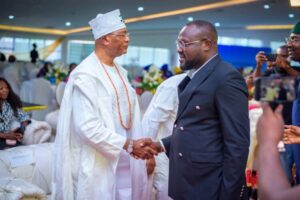
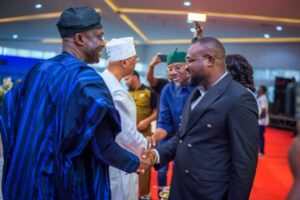
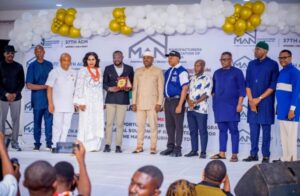

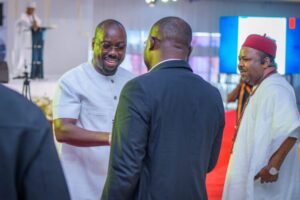



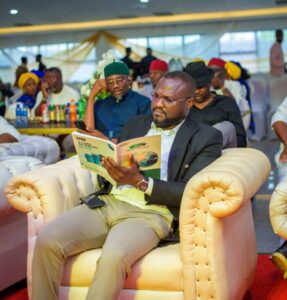

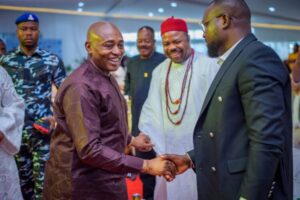


Tech
GLOBACOM SEALS STRATEGIC CONNECTIVITY PARTNERSHIP TO DRIVE IMO STATE’S DIGITAL TRANSFORMATION AGENDA

By Prince Uwalaka Chimaroke
15-NOV-2025
Globacom, one of Nigeria’s leading digital solutions providers, has entered into a groundbreaking Internet connectivity agreement with the Imo State Government through the Ministry of Digital Economy and e-Governance—an ambitious step that signals the state’s commitment to becoming a fully digitized economy and a model Smart City in the South-East.
The agreement, hailed as the largest single fixed Internet connectivity initiative ever undertaken by Globacom’s Enterprise Business Group, underscores the company’s growing influence in deploying world-class telecommunications infrastructure across Nigeria. This milestone partnership positions the operator at the heart of Imo State’s fast-evolving digital future.
Through the deal, Globacom will deliver high-capacity, state-of-the-art Internet infrastructure to strategic government and institutional locations. These include the 15-building Smart City complex in Owerri, the Ministry of Digital Economy and e-Governance, and the Imo State University for Innovation, Science and Technology (formerly Imo State Polytechnic). The infrastructure rollout is expected to strengthen digital literacy, modernize public administration, and enhance access to digital services for residents.
A central component of the project is the integration of the Glo-1 submarine cable—Globacom’s privately owned, trans-Atlantic fibre optic system that links Nigeria directly to Europe. Known for its high bandwidth, ultra-low latency, and secure connectivity, the Glo-1 network will serve as the backbone for Imo State’s digital expansion.
With this partnership, Imo State aims to accelerate e-governance, improve the efficiency of public service delivery, attract technology-driven investments, and promote innovation across sectors including education, commerce, and security.
The collaboration demonstrates a shared vision between the State Government and Globacom: to empower citizens, institutions, and businesses through robust digital infrastructure that can sustain long-term economic growth.
-
Business1 year ago
US court acquits Air Peace boss, slams Mayfield $4000 fine
-
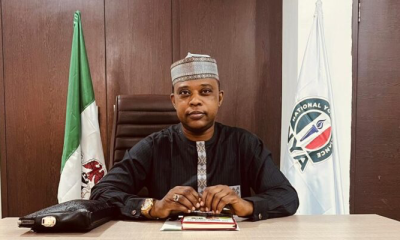
 Trending1 year ago
Trending1 year agoNYA demands release of ‘abducted’ Imo chairman, preaches good governance
-

 Politics1 year ago
Politics1 year agoMexico’s new president causes concern just weeks before the US elections
-

 Politics1 year ago
Politics1 year agoPutin invites 20 world leaders
-
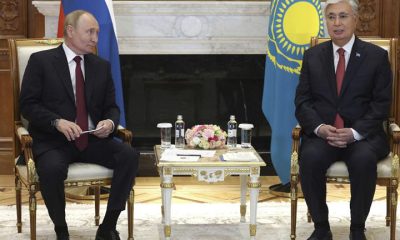
 Politics1 year ago
Politics1 year agoRussia bans imports of agro-products from Kazakhstan after refusal to join BRICS
-
Entertainment1 year ago
Bobrisky falls ill in police custody, rushed to hospital
-
Entertainment1 year ago
Bobrisky transferred from Immigration to FCID, spends night behind bars
-
Education1 year ago
GOVERNOR FUBARA APPOINTS COUNCIL MEMBERS FOR KEN SARO-WIWA POLYTECHNIC BORI



